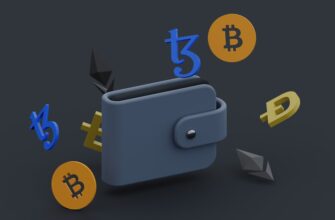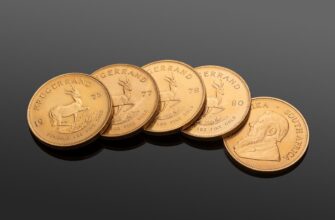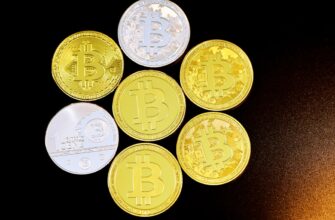Understanding Stablecoin Giants: USDT and USDC
In the volatile world of cryptocurrency, stablecoins like Tether (USDT) and USD Coin (USDC) provide crucial price stability by pegging their value to the US dollar. As the two largest stablecoins by market capitalization—collectively representing over $100 billion—understanding the differences between USDT and USDC is essential for investors, traders, and DeFi users. While both maintain a 1:1 USD peg, they diverge significantly in transparency, regulatory compliance, issuer credibility, and underlying technology. This guide breaks down these critical distinctions to help you make informed decisions in the crypto ecosystem.
What is Tether (USDT)?
Launched in 2014 by Tether Limited, USDT pioneered the stablecoin concept. It operates across 14+ blockchains including Ethereum, Tron, and Solana. USDT’s primary use cases include:
- Trading pairs on exchanges (accounts for 75% of Bitcoin trades)
- Cross-border payments and remittances
- Hedging against crypto volatility
Tether has faced scrutiny over its reserve transparency. While claiming full USD backing, past audits revealed holdings included commercial paper and loans. Recent attestations show improved reserves with 85% in cash/cash equivalents.
What is USD Coin (USDC)?
USD Coin emerged in 2018 through a collaboration between Circle and Coinbase via the Centre consortium. Operating on Ethereum, Solana, and other chains, USDC emphasizes regulatory compliance:
- Monthly attestations by Grant Thornton proving 100% cash/US Treasury backing
- Licensed under US money transmitter laws
- Blacklisting capability for sanctioned addresses
USDC excels in institutional adoption, with Visa and BlackRock integrating it for settlements. Its transparency makes it preferred for DeFi protocols requiring auditability.
Critical Differences Between USDT and USDC
1. Transparency & Audits:
USDC provides monthly audited proof of reserves. USDT offers quarterly attestations with less granular detail.
2. Reserve Composition:
USDC holds 100% cash/short-term Treasuries. USDT includes corporate bonds and other assets.
3. Regulatory Stance:
USDC proactively complies with US regulations. USDT has faced multiple investigations, including a $41M CFTC fine in 2021.
4. Market Dominance:
USDT leads with $112B market cap vs USDC’s $32B (as of 2023), but USDC grows faster in institutional markets.
5. Blockchain Support:
USDT: 14+ chains including Omni and EOS. USDC: 15+ chains with stronger Ethereum ecosystem integration.
Choosing Between USDT and USDC: Key Considerations
Select based on your priorities:
- For security-first users: USDC’s verified reserves offer greater peace of mind
- For traders: USDT’s deeper liquidity enables larger transactions
- For DeFi participation: Check protocol support—many prefer USDC for audits
- For long-term holding: Consider regulatory risks; USDC has stronger compliance
Diversification across both stablecoins mitigates single-issuer risk. Always verify redemption policies before large transfers.
USDT vs USDC: Frequently Asked Questions
Q: Can USDT or USDC lose their dollar peg?
A: Both aim for 1:1 USD parity. Temporary depegging (usually <1%) occurs during extreme market stress but typically corrects quickly due to arbitrage.
Q: Which stablecoin has lower transaction fees?
A: Fees depend on blockchain networks, not the stablecoin itself. Ethereum transfers cost the same for both; layer-2 solutions like Arbitrum reduce fees significantly.
Q: Are USDT and USDC affected by US banking crises?
A: Yes. When Silicon Valley Bank collapsed in 2023, USDC temporarily depegged due to $3.3B exposure. USDT showed no direct impact but faces counterparty risks in its reserves.
Q: Which stablecoin is better for international transfers?
A: USDT’s broader exchange support benefits cross-border payments, but USDC’s regulatory clarity may simplify fiat conversions in compliant jurisdictions.
Q: How do I convert between USDT and USDC?
A: Use decentralized exchanges (Uniswap, Curve) or centralized platforms (Coinbase, Binance). Monitor slippage—large orders may impact pricing.








